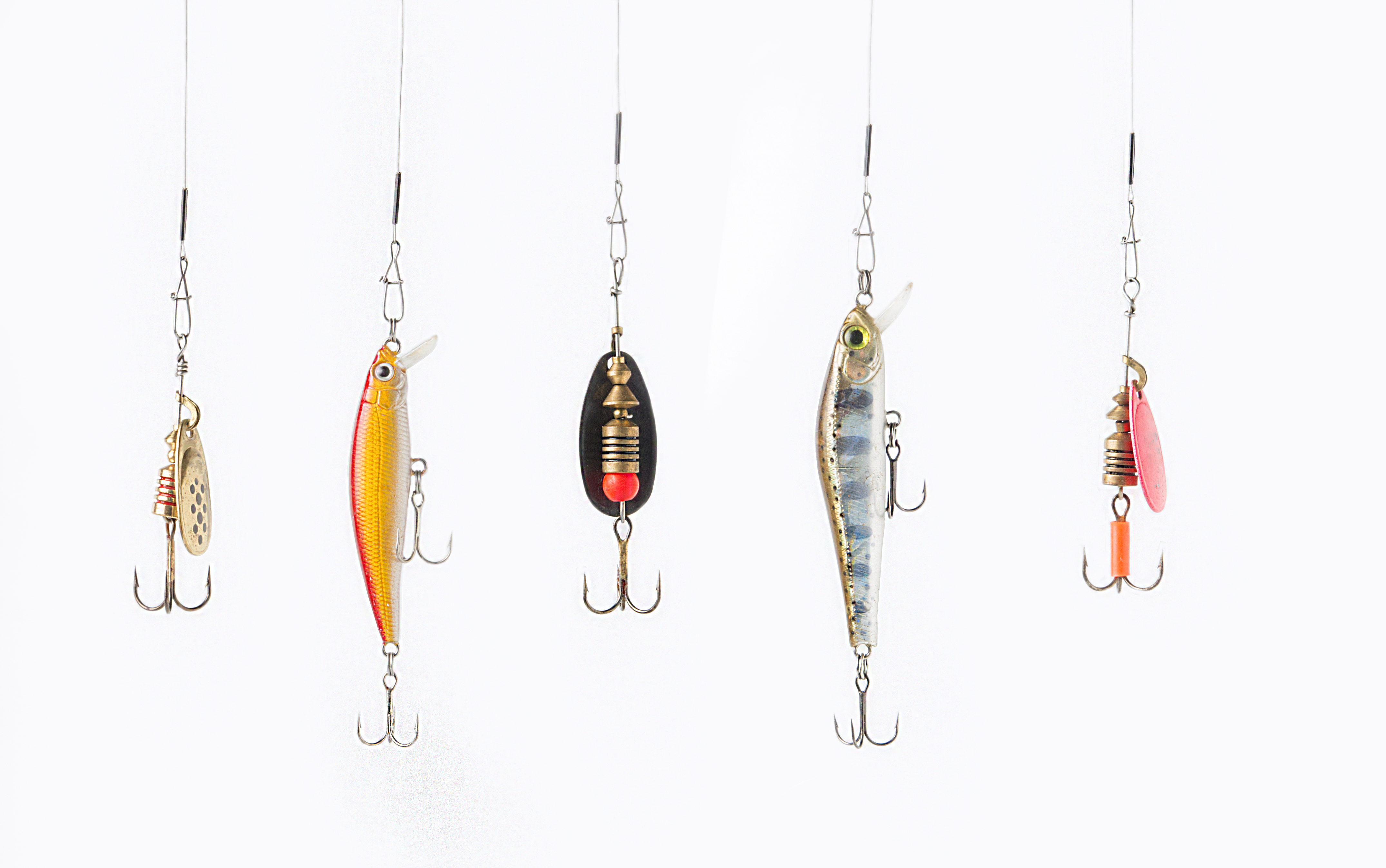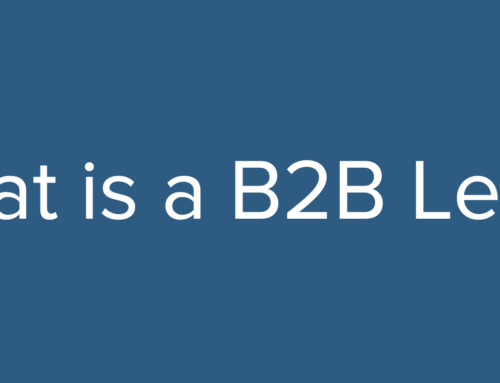One-Person B2B Marketing Department Playbook: Chapter 5 – Marketing Content
If you have ever fished, you know that having the right bait greatly increases your chance of catching fish compared to just having a plain steel hook in the water (it’s shiny but not fooling anyone!). If marketing content is a fishing analogy, then your content is the bait.
When engaging marketing prospects to respond (generate leads), there is one truth you cannot change: if you don’t have the right content, you will fail. Instead of creating general awareness for your organization, presence and products (a branding campaign), the primary purpose of a demand generation campaign is engaging prospects to get a response.
Engaging content
Is clicking on an ad link in a newsletter considered a response? If it’s just a click, no. Are three website visits in a month a response? Probably good enough for marketing nurture but likely not good enough to send to sales. Is a visit to your website from a search ad a response? It may be. Or it might just be an accident based on keywords.
The point I want to make is that demand-generation response is real engagement – a prospect willing to provide key contact information and perhaps even asking for direct contact – with content specifically designed to create this type of engagement.
Engaging content can take many forms and certainly has a specific purpose in a buyer’s journey (more on that below). Content may be an educational webinar presentation, a trade show booth live presentation or demonstration, a brochure, a white paper, a case study, or even the traditional product sales sheet. The key to responses delivering the right content to your prospects at the right stage of their buying process. After all, generating “demand” is about generating “responses” so that you can identify and engage with potential prospects that are responding.
One-Person B2B Marketing Department: Content Related to Your Buyer’s Journey
You can find plenty of web sources by searching for “B2B buyer journey.” For our purposes, I am going to present a default buyer journey in three broad stages. You certainly should find some time to do additional reading on this or even attend a webinar/training session for additional education and then decide specifically what terms you want your team to use for this discussion.
Figure 1 – Buyer’s Journey Stages

For our discussion, I am dividing a typical B2B buyer’s journey into three stages (see Figure 1). Remember, this is not the same as when your organization may WANT them to buy – that is more of a seller process. As your buyers move from the initial stage of discovering the problems and the pains they face to a stage where they are ready to buy, they move down a path where they are looking to engage with different types of content and inputs from your sales organization. This is the buyer’s journey.
AWARENESS (Sometimes Called “Discovery”) STAGE
In this stage, the buyer is focused on what is going well and what is painful. They are discovering business needs based on either creating additional value or eliminating problems. They engage with content that educates and helps uncover possible benefits or areas to minimize possible failure.
Content that engages at this stage is going to be thought-leadership and educational, like white papers and educational webinars. It’s not specific to your products or solutions as the lead element. Any paid opportunities to promote educational materials or any free (but hard work) opportunities to promote your blog, get articles published, educate at conferences, and promote visibility of your thought-leaders in interviews or on panels are great ways to create value with prospects when you are educating them, not selling to them.
INTEREST STAGE
Prospects in the Interest Stage are ready to research what products and/or solutions may exist inside or outside their organization that can solve a problem, create opportunity, or fulfill some specific requirements they are dealing with. In the end, it is all about eliminating pain (fixing stuff that delivers some ROI) or achieving new ROI.
How do they investigate? People talk to other people and ask them what they know and what has worked. They read trusted sources. They search online. They look for someone that has already solved the problem.
This means that your content assisting those in the Interest Stage should match with these types of activities. Your content should be case studies that show how others trust you and how they have implemented your solutions. You should promote content showing how your solution addresses specific challenges or creates new opportunities common to this market segment. These prospects are looking to understand the “value” of solutions (not necessarily YOUR solution quite yet, but the value of solutions as it relates to their organization and to them).
LEARNING (Also Called “Decision”) STAGE
As the buyer progresses, they enter the Learning or Decision stage. They know what problem they are solving or what opportunity they are creating. They have developed the specifications and requirements by which they will judge products and solutions, and they are ready to start comparing the options, offers, and prices. They are now “shopping” – and this is what many sales people would call “sales ready leads.”
However, as I note in the “added insights” note above, sometimes getting these “sales ready leads” is like being “a day late and a dollar short,” to borrow a phrase. The worst case is to just be answering RFQ’s (reacting to pre-determined sets of requirements and biases). The best case for the Learning Stage is that you are already engaged with these types of customers, but they are now moving into this final stage and you are using your Learning content along with sales presence to close the deal.
Appropriate content for buyers in this stage includes traditional sales support materials like brochures, spec-sheets, pricing sheets, product comparisons, etc. Once you identify someone that fits this stage, it is essential that sales be interacting directly with these buyers to sales qualify or dismiss as a loss.
One-Person B2B Marketing Department: Content Action Items
If you made it this far, you are ready to complete the first step in your demand-generation campaign: Identify all the content you have today for the specific campaign you have in mind. Now, classify that content into the three buckets corresponding to the buyer’s journey stages: Awareness, Interest, and Learning.
If you do not have at LEAST one piece of content for each stage, you may want to create some additional content. Most organizations make the mistake of launching demand generation with ONLY the Learning-stage content (sales materials). This means that buyers that are not yet ready to make decisions (they either don’t yet fully know what their problem is or they are not very familiar with options in the market) will likely either ignore your content or feel the mismatch of your “selling” content vs. where they are today.
Your demand-generation campaign should offer content across all stages so that your buyers at every stage of the process will each find content that engages them and creates a “response” for you – a lead!
One-Person B2B Marketing Department Playbook: The Next Chapter
Where do you start if you must show results to earn a bigger budget (most of the time!)? In Chapter Six, we will examine what marketing to start with do just that!






